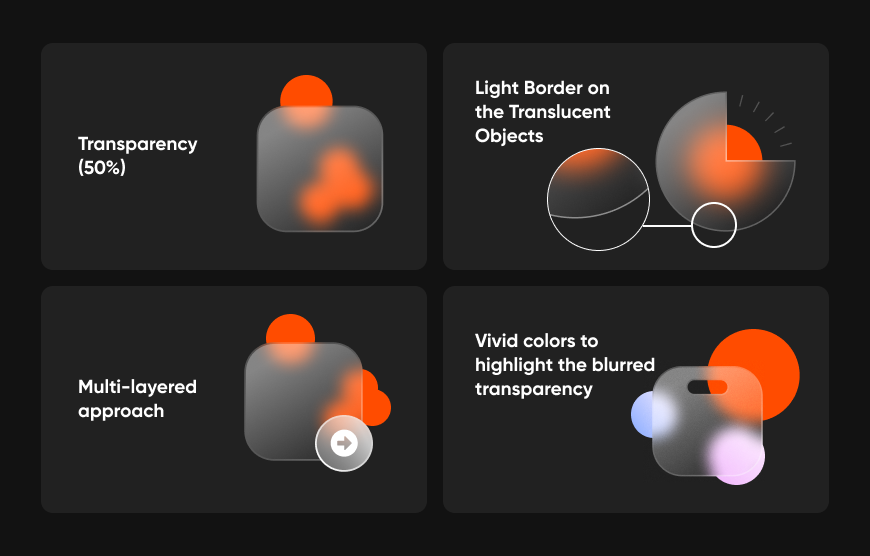Understanding the relationship between UX Writing and UX Design
User experience drives the interaction of the users with your products. UX writing and UX design both play a pivotal role in establishing the branding, design, usability, and function that make up the entire experience. UX designers contribute to visual design, programming, psychology, and interaction design. On the other hand, UX writers create user-friendly microcopy that helps guide users through a digital product, such as a website or mobile app.
Product managers often lose the opportunity to interact with UX writers and UX designers to find options that could drastically improve functionality, usability, and accessibility, regardless of their chosen strategy. In this blog, we have listed various ways in which you can bring UX Copy and UX Design together to create impeccable experiences.
Break Down Silos
A product manager is responsible for breaking down the barriers that prevent UX copywriters and designers from working together. Numerous aspects go into generating a pleasant user experience. Here are the tips that we recommend-
- Write microcopy that improves the usability
- User research demonstrates how the target audience reacts to various messages and designs.
- User-friendly designs and language that guides users through the sales funnel.
UX designs and copy are interdependent. When your content and designs work together to establish a distinct brand identity, you obtain greater results.
Bring UX writing into your design process
Of course, putting product managers in charge of bringing teams together without providing them with collaboration tools isn’t fair. Expectations alone will not be enough to break through silos. Real tools and methods that produce outcomes are required.
Brainstorm with your teams
Brainstorming meetings should not be held behind closed doors where team members are unable to provide ideas. While you may not want the cacophony of 25 individuals sharing ideas at once, you do want the variety of ideas that come from gathering representatives from all departments. If you have engaged with freelancers, be sure to invite a few of them to your event. They may have valuable insight regarding how other businesses deal with similar issues.
If you invite members from each team, you’ll need inputs from Copywriters, designers, and developers. Encouraging individuals to work together during brainstorming sessions can go a long way. If you have staff working remotely, make sure you use video conferencing and collaboration software that make it easy for them to contribute.
You can boost the effectiveness of your brainstorming session with these tips –
- Communicate your goals in advance so that everyone comes prepared.
- Keeping the time limit short (30-60 minutes).
- Encourage everyone to explore their ideas without fear.
- Making it possible for participants to submit ideas anonymously will help ensure that shy people contribute.
- Understand that some brainstorming sessions do not produce good results and that you may need to regroup later.
Encourage teams to understand each other’s work
Your design team members need to understand that excellent UX writing necessitates a thorough understanding of behavioral and cognitive psychology. It’s not just about adhering to grammatical rules and using fancy words. Good writers frequently have to break the rules they know to reach their target audiences. It’s a skill that needs to be honed with practice and conscious thought.
Similarly, the writers need to understand the importance of designers in increasing conversion rates. Their images, fonts, white spaces, and other design elements have a significant impact on how people respond to CTAs. Writers and designers both should follow best practices and adhere to accessibility rules.
Conclusion
Designers know what keeps a user on a page or an app, and writers know how to evoke an emotional response with a powerful copy. Their creative minds work together to create a cohesive product. Working together is the only way to understand the symbiotic nature of the relationship between these two teams that, when put together can create flawless products.
In the Galaxy UX Studio, we foster an environment of collaboration where UX Designers and UX Writers understand each other’s needs and navigate complex challenges quite easily as a unit. If you’re looking for a team like that, we can help you. Contact us













